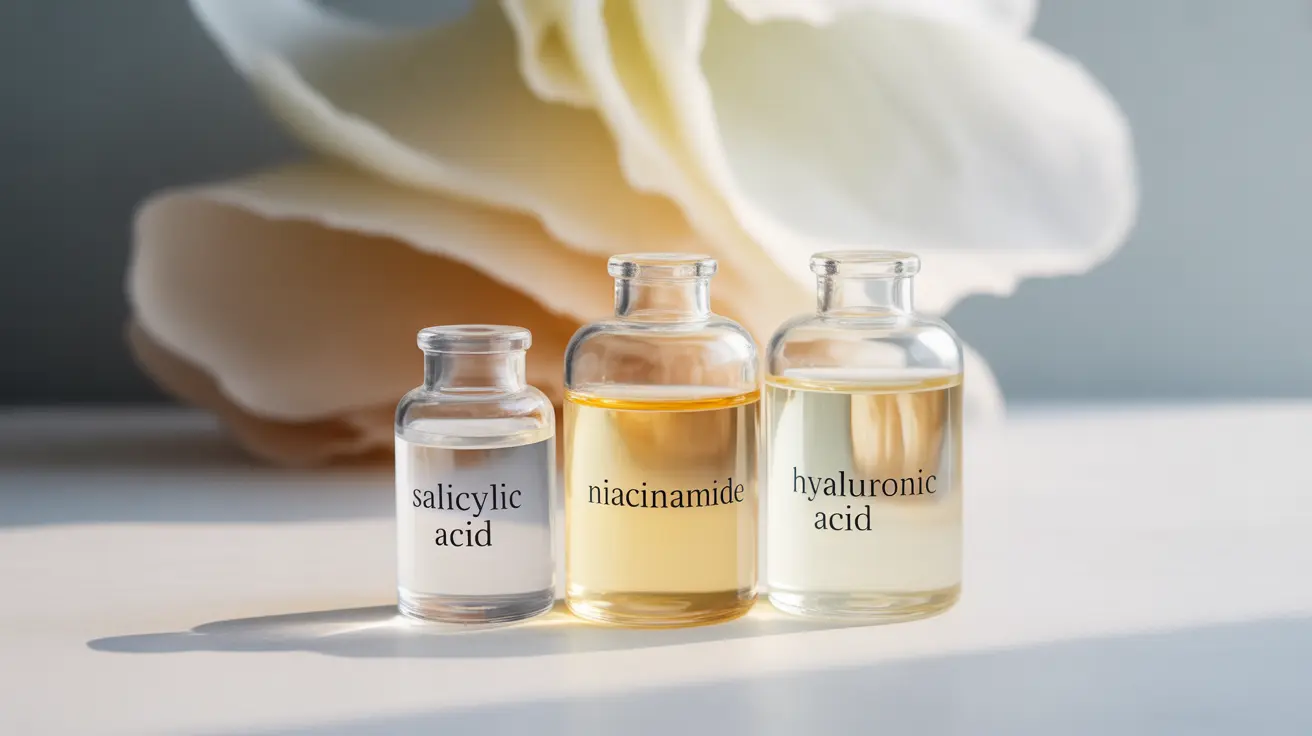Finding the right serum for oily, acne-prone skin can feel like navigating a maze of ingredients and promises. The key is selecting products that effectively address excess oil production and breakouts without overwhelming your skin. This comprehensive guide will help you understand which serums work best for oily, acne-prone skin and how to choose the right one for your specific needs.
Understanding Your Skin's Needs
Before diving into specific ingredients, it's essential to understand that oily, acne-prone skin requires a balanced approach. The goal is to control oil production and prevent breakouts while maintaining proper hydration levels. The right serum can help achieve this delicate balance while addressing specific skin concerns.
Key Ingredients to Look For
Salicylic Acid
Salicylic acid is a beta-hydroxy acid (BHA) that's particularly effective for oily and acne-prone skin. This oil-soluble ingredient penetrates deep into pores, helping to dissolve excess sebum and remove dead skin cells that can lead to breakouts. Look for serums containing 0.5% to 2% salicylic acid for optimal results.
Niacinamide
Niacinamide (Vitamin B3) is a powerhouse ingredient that can help regulate oil production, reduce inflammation, and strengthen the skin barrier. Studies have shown that concentrations between 2% and 5% can effectively improve acne and reduce sebum production without causing irritation.
Hyaluronic Acid
Despite having oily skin, maintaining proper hydration is crucial. Hyaluronic acid is a lightweight, non-comedogenic ingredient that provides moisture without adding oil. It helps maintain skin balance, which can actually help reduce excess oil production over time.
Additional Beneficial Ingredients
Several other ingredients can be beneficial for oily, acne-prone skin:
- Tea tree oil for its antimicrobial properties
- Zinc PCA for oil control
- Peptides for skin repair
- Vitamin C for antioxidant protection
- Green tea extract for inflammation reduction
How to Apply Serums Effectively
For maximum benefits, follow these application guidelines:
- Cleanse your face thoroughly before application
- Apply to slightly damp skin for better absorption
- Use only a few drops - less is more with serums
- Layer from thinnest to thickest if using multiple products
- Always follow with a lightweight moisturizer
Avoiding Common Mistakes
When using serums for oily, acne-prone skin, avoid these common pitfalls:
- Using too many active ingredients at once
- Skipping moisturizer
- Applying too much product
- Mixing incompatible ingredients
- Not patch testing new products
Frequently Asked Questions
What are the best serums for oily and acne-prone skin to reduce breakouts?
The most effective serums for oily, acne-prone skin contain ingredients like salicylic acid, niacinamide, and tea tree oil. Look for lightweight, non-comedogenic formulations that target both oil control and acne prevention while providing adequate hydration.
How does salicylic acid help with oily skin and acne?
Salicylic acid works by penetrating deep into pores, dissolving excess oil and dead skin cells that can cause breakouts. It also has anti-inflammatory properties that help reduce redness and swelling associated with acne.
What are the benefits of using niacinamide serum on oily skin?
Niacinamide helps regulate oil production, strengthen the skin barrier, reduce inflammation, and minimize the appearance of pores. It's also known to help fade post-acne marks and improve overall skin texture.
Can hyaluronic acid serums be used on oily skin without causing more oiliness?
Yes, hyaluronic acid is perfectly safe for oily skin. It's a lightweight hydrator that doesn't add oil to the skin. Instead, it helps maintain proper moisture balance, which can actually help reduce excess oil production.
How do you choose a serum for oily, acne-prone skin that won't clog pores?
Look for serums labeled as non-comedogenic and oil-free. Choose products containing proven ingredients like salicylic acid, niacinamide, or hyaluronic acid. Avoid heavy oils and occlusive ingredients. Always patch test new products before full-face application.




